Abstract
This World Bank-funded initiative assessed socio-economic investments, land regularization, and community engagement activities to facilitate the local integration of Burundian refugees in Tanzania. In 2014, the President announced that long-term refugees would be granted Tanzanian citizenship, becoming “New Tanzanians.” Many have lived in different settlements in two regions since 1972. As newly naturalized citizens, they gained rights such as land ownership and political participation, and local authorities needed to integrate these settlements into the governance framework.
The process and product of this assessment are based on the active engagement of the villages, districts, regions, and civil society, with the consultants acting as facilitators. The report: (1) provides a methodology to undertake a participatory and rapid spatial and technical planning assessment to identify priority socioeconomic investments; (2) determines how these priorities should be sequenced and integrated into existing development planning structures and processes.
See related I2UD projects below
| Project Year: | 2015 |
| Project Type: | Technical Assistance |
| Geographic Regions: | Tanzania |
| Reports: | Integrated Development Plan in Support of the Socio-Economic Integration of Former Burundian Refugees in Tanzania (November 2015) |
| Authors: | Maureen Moriarty-Lempke; John Driscoll |
| Sponsors: | World Bank |
| Categories: | Urban Finance |
| ID: | 2015_11_001 |


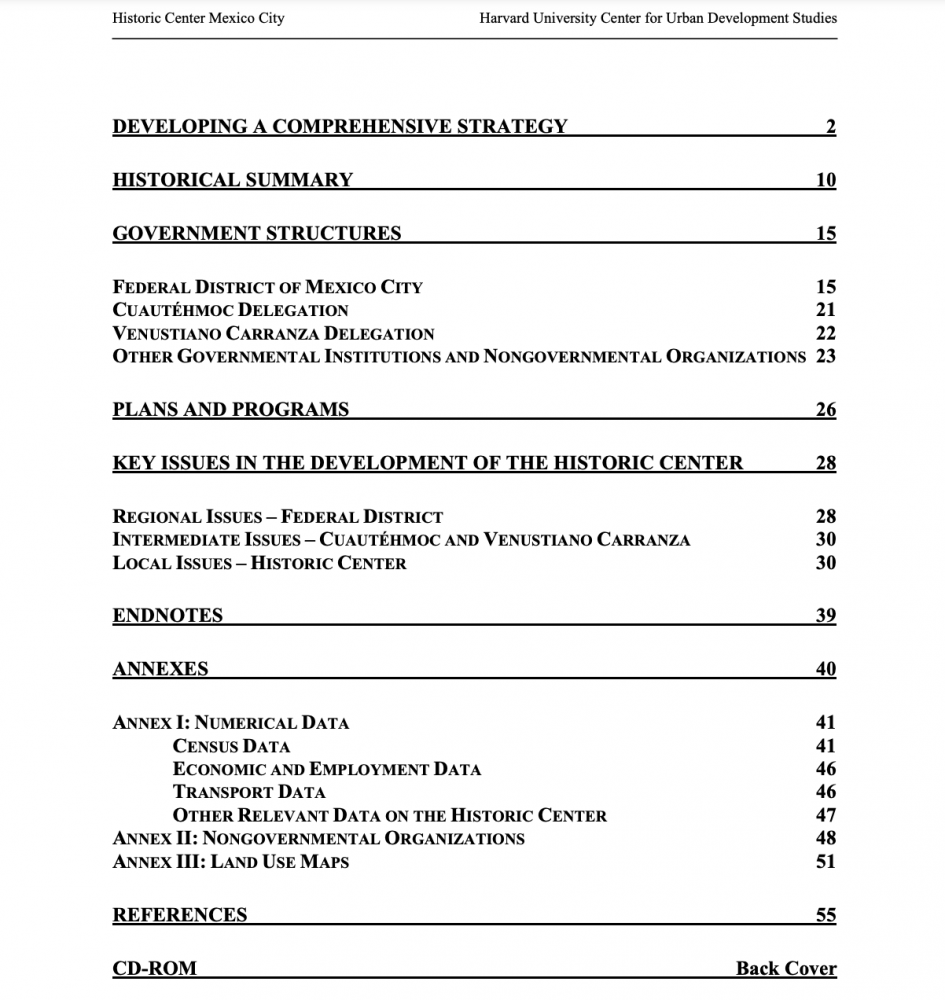
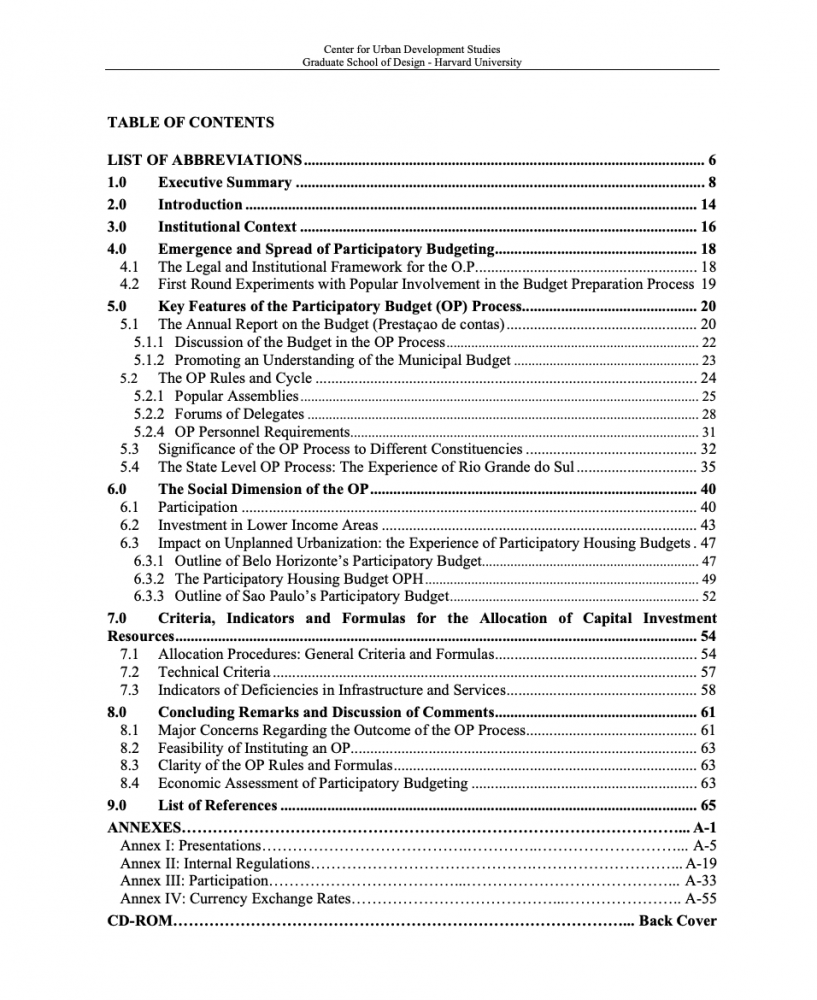
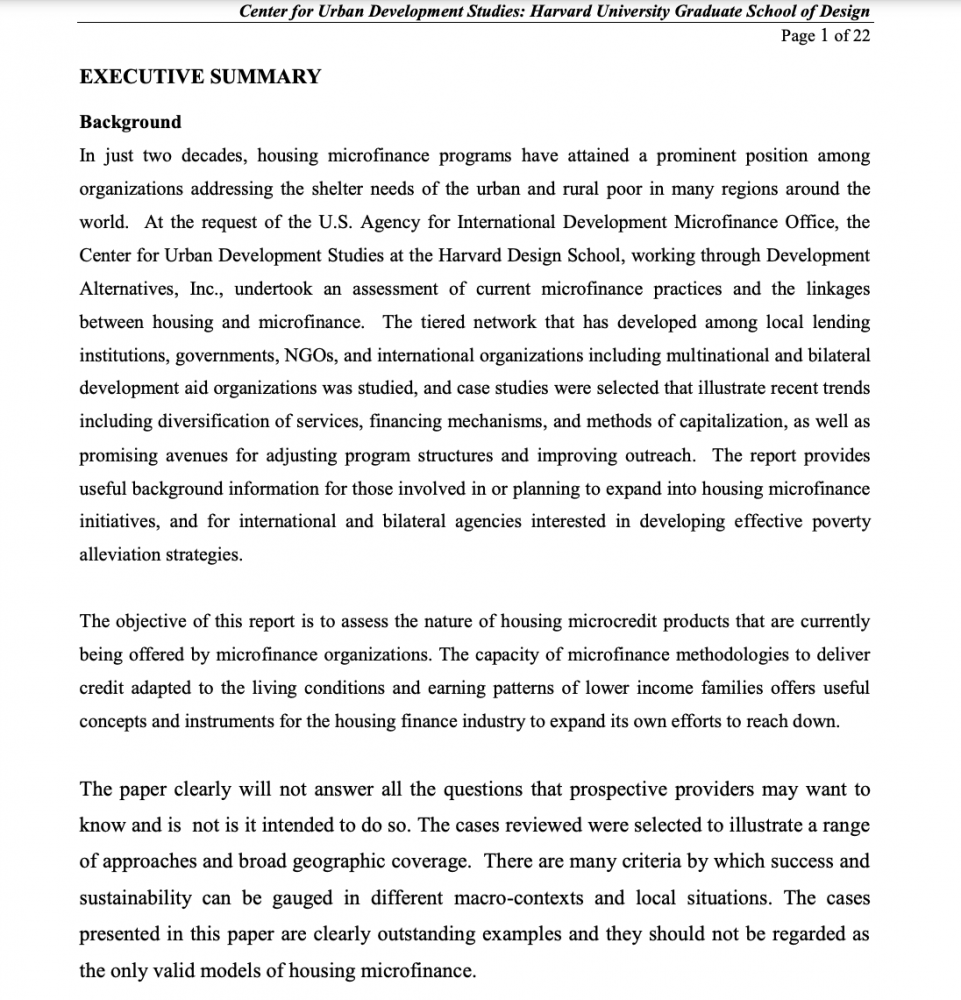
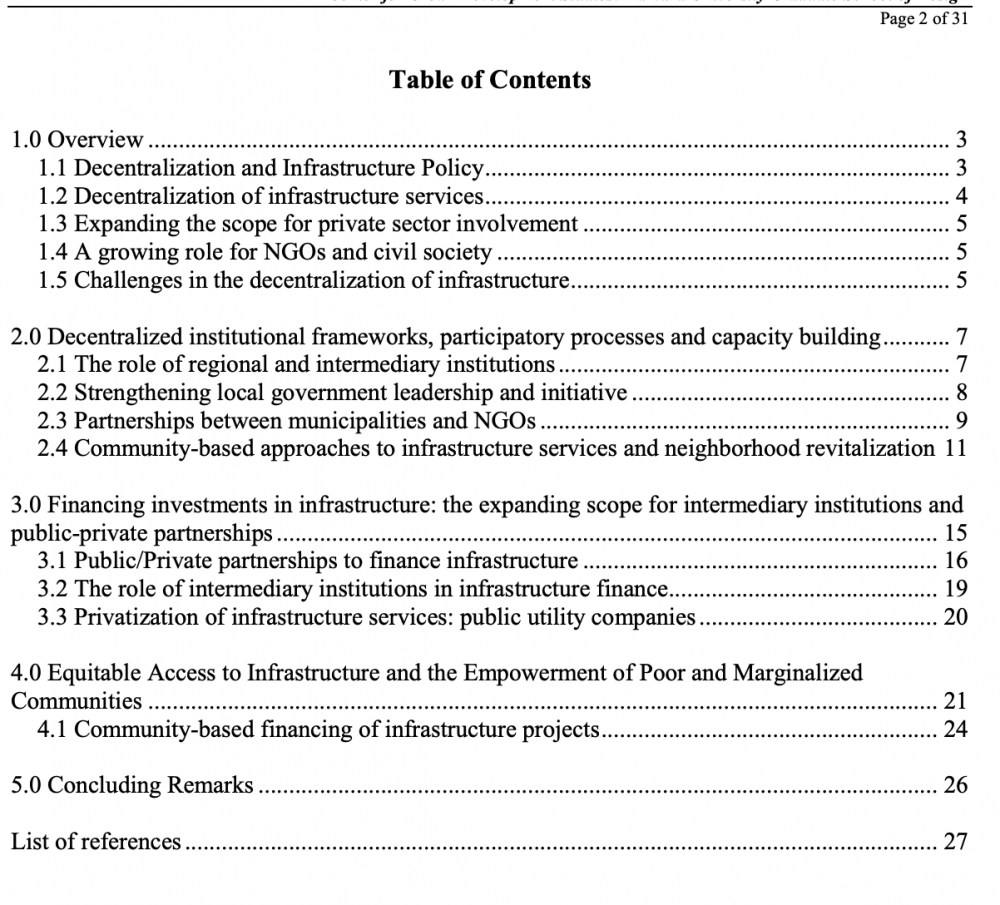

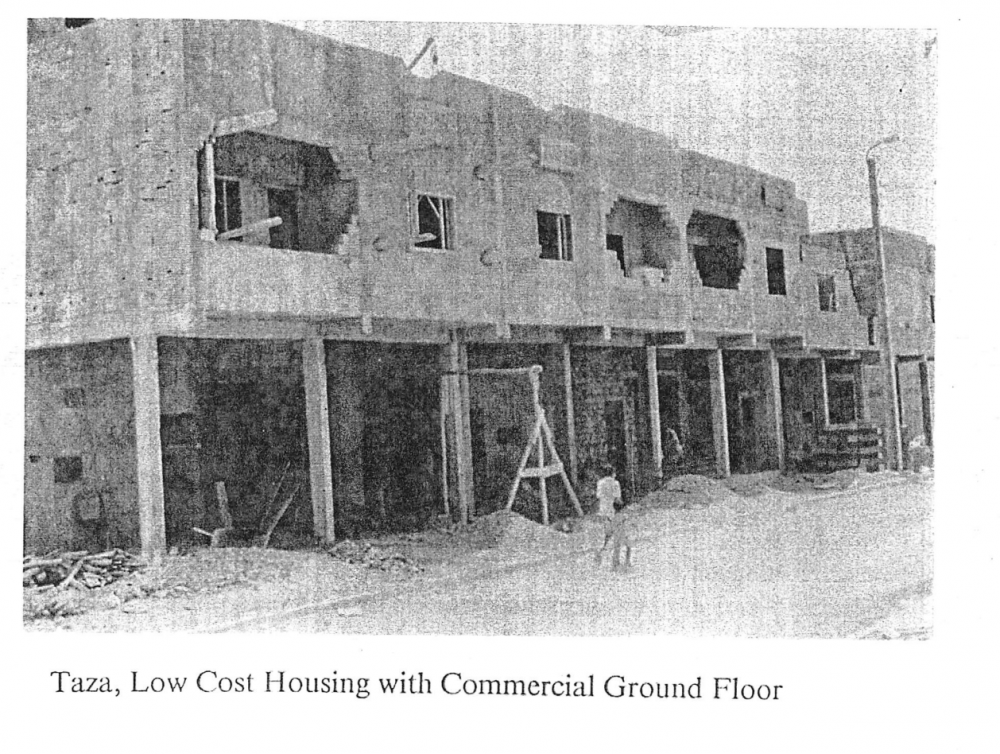 Taza, Low Cost Housing with Commercial Ground Floor
Taza, Low Cost Housing with Commercial Ground Floor